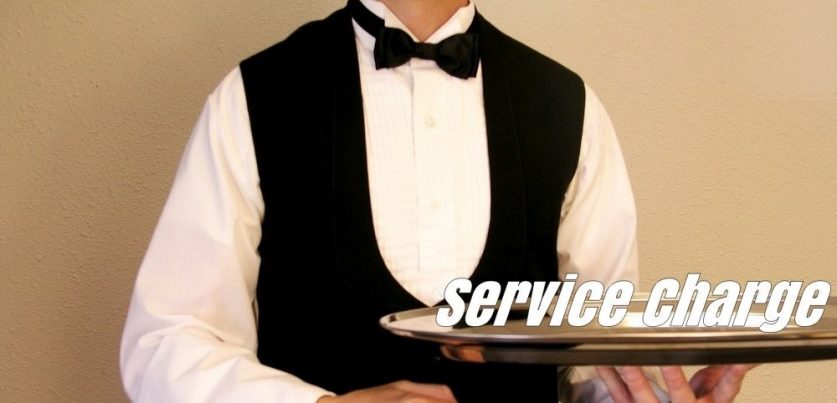Everything You Need to Know About Service Charges
What is a service charge? What kind of businesses have service charges? How do service charges affect your daily life? Where can you learn more about this concept? In this guide, we’ll answer all of these questions and more. Read on to learn what you need to know about service charges!
What Are Service Charges?
If a tip is expected, then what do you do when service is not up to par? That’s where a service charge comes in. The fact of the matter is that you are going to have good and bad experiences regardless of who or where you go; it’s all about how you react. The following guide outlines some helpful information on what is a service charge and exactly what it means when dining out.
How Are They Calculated?
Some service charges are added automatically, while others require an additional tip. In any case, you can’t control how much a server makes on your tab—but you can control how much they make if you decide to add a tip. It’s important for restaurant-goers to know that many servers and bartenders depend on tips for a living wage. So, when you eat out in a fancy establishment and don’t want to tack on an extra 20 percent or so, it’s generally customary (and polite) to leave at least $1 per person on your bill. As far as who determines how much of what percentage is charged as service charge or gratuity goes? It depends—but laws vary from state-to-state and country-to-country!
When are they Due?
Most service charges are due when you sign a contract with your provider. After that, it depends on what terms are outlined in your service contract. If you aren’t sure what terms apply to your contract, ask! Most providers will be happy to explain their payment policies and answer any questions you have.
Handling Tips and Gratuities
Tips and gratuities can be a touchy subject for many businesses. If you offer them, when should they be charged, how much is appropriate, what if someone offers more or less than expected? It’s confusing enough when it comes to running your own business – let alone being responsible for handling these costs for someone else. The short answer is that tipping should be an individual choice left up to each customer. An even shorter answer: No matter what a sign says or what your wait staff has told you in the past (or will tell you in future), unless tips and gratuities are already included in your bill they belong at each guest’s discretion.
Tax Withholding Requirements
The Internal Revenue Service (IRS) requires employers to report wages paid and taxes withheld from each employee’s paycheck on Form 941, Employer’s Quarterly Federal Tax Return. For every employee, you must include federal income tax withholding, Social Security tax withholding and Medicare tax withholding. Other items of interest on Form 941 include: state unemployment insurance contributions; earnings that are not subject to Social Security or Medicare taxes; and certain employees who are eligible for a deferred compensation plan. These items appear in separate sections of Form 941 because they require special tax treatment.
Different Payment Options
Different types of businesses have different options available when it comes to choosing a payment system. Some will use cash, some will take cards, and some will take both. The type of company you run often determines which methods you can choose from. The type of customer base you want your business to attract should also be considered—if your customers are generally younger, for example, they might prefer paying by card or smartphone. Alternatively, if you’re a small business that only sells locally and is frequented by older shoppers who might not want their personal information stored on a mobile app or electronic device, cash is probably still going to be king at your establishment.
Invoicing Customers for Services
Invoicing customers for your services is one of those tasks that all freelancers dread, because it’s time-consuming and inefficient. A lot of freelancers end up missing payments or forgetting to invoice their clients, leaving them with a slush fund of hours they should have been paid for—if they don’t forget completely. To avoid unnecessary headaches and missed income, there are several apps designed specifically for invoicing customers, like Chargify and Time Tracking Guru. If you’re still using good ol’ pen and paper, be sure to make note of when you need to send out an invoice and create reminders for yourself in your phone so you don’t forget (and avoid late fees!).

Recent Post
What is The Meaning of a Medusa Tattoo?
January 9, 2025
The Meaning of Encanto in Spanish and Origin
January 4, 2025
Equivalent Phrases For “Including But Not Limited To”
December 30, 2024
How To Make Weekend Greetings More Fun?
December 30, 2024
10 Modern Sayings Similar To “Be There Or Be Square”
December 30, 2024









